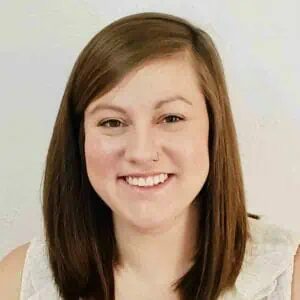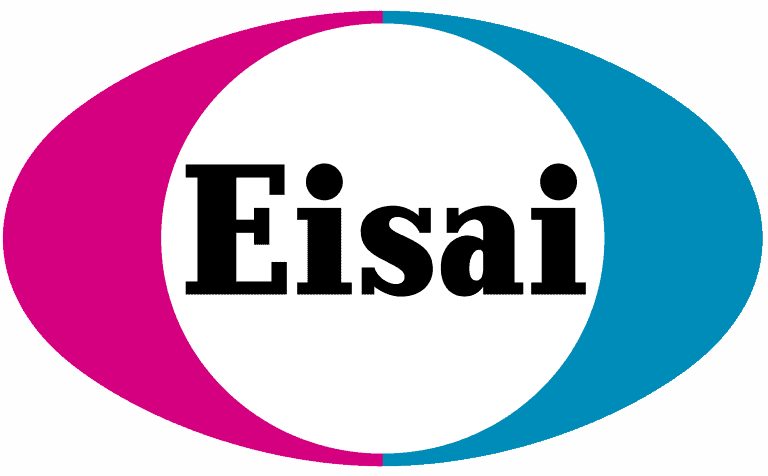The 15th Annual Research Roundtable took place in Los Angeles, California on Thursday evening the 5th of December 2024. The night began with an announcement of the 2024 DSF Grant Awards, which included funding for five grants totaling $1.4M. The evening’s event then kicked off with DSF’s Scientific Director, Veronica Hood, PhD recounting some of the impressive advancements that have occurred over the last 15 years since the inception of DSF and the important role that DSF has played in spurring research and improving clinical care. Lori Isom, PhD, co-chair of the DSF Scientific Advisory Board, then offered her own reflections as a researcher in the field and attendee at the first Research Roundtable 15 years ago. Dr. Isom noted that this year’s Roundtable agenda was focused heavily on genetic-based therapies that target the cause of Dravet syndrome (haploinsufficiency of the SCN1A gene), including two that have now entered clinical studies to be tested in patients- not something they imagined would be a reality at that first roundtable meeting!
The formal program began with Sal Rico, MD, PhD, Chief Medical Officer at Encoded Therapeutics, describing ETX101, and AAV-based gene regulation therapy which is designed to increase expression of the SCN1A gene specifically in GABAergic inhibitory interneurons, the cell type that has been indicated to be the most impacted in Dravet syndrome. Dr. Rico described the preclinical evidence showing ETX101 to be safe and effective in a mouse model of Dravet syndrome, as well as safe and well-tolerated in non-human primates (see Tanenhaus et al 2022). Encoded received regulatory approval to begin studies of ETX101 in patients with SCN1A+ Dravet syndrome in the US, UK, and Australia earlier in 2024. At the time of the Roundtable, the first patients had received dosing in the first phase of studies without any report of treatment-related adverse events.
Next from Stoke Therapeutics we heard from Isabel Aznarez, PhD, Senior VP, Head of Research, Co-founder, and Barry Ticho, MD, PhD, FACC, Chief Medical Officer recounting the story of the development of zorevunersen (previously STK-001) from discovery to early-indications of disease-modification in patients with Dravet syndrome. Dr. Aznarez described how zorevunersen is part of their TANGO platform, which targets pre-mRNA splicing to increase the productivity of SCN1A transcripts, increasing the number of healthy sodium channels that are produced from the gene (see Lim et al 2020). They were able to collaboratively test their experimental therapy in multiple mouse models of Dravet syndrome to show safety and efficacy (see Han et al 2020 and Wengert et al 2021). Dr. Ticho then proceeded to describe the design and outcomes of the recently completed Phase 1/2a study for zorevunersen as well as data continuing to be collected from patients in the open-label extension studies. The results of these studies indicate significant and sustained reductions in seizures as well as gains in several developmental measures related to cognition and behavior. Dr. Ticho concluded by stating that Stoke continues to work with regulators globally to begin their Phase 3 studies of zorevunersen in 2025.
In a change up from the previous two talks that were focused specifically on targeted-therapeutics for Dravet syndrome, Marina Bershteyn, PhD (Director of Discovery Research at Neurona Therapeutics) shared about progress in the development of a cell-based therapy for drug-resistant focal epilepsy that is being tested in clinical studies right now. The cells are specially derived and prepared in a lab and delivered to the area of the brain determined to be the origin of seizures in a patient with focal epilepsy. Based on work in animal models, the cells are able to mature and integrate into the existing brain networks, restoring the balance of exciting and inhibition and reduce seizures. The therapy, NRTX-1001, has begun being tested in very small cohorts of patients with an eye on the safety of the therapy. While this therapy is currently not being applied to epilepsies that impact the brain more globally, without a distinct epileptic zone where seizures begin, some work in animal models of generalized epilepsy suggest that different iterations of regenerative cell therapies may also be able to be applied as a therapeutic to genetic epilepsy disorders like Dravet syndrome.
As we moved into the preclinical portion of the program, Wenxi Yu, PhD, a Research Investigator at the University of Michigan and previous DSF Postdoctoral Fellowship Awardee, described his work targeting SCN8A to ameliorate seizures and mortality in mouse models of SCN8A and SCN1A developmental epilepsies. Similar to Dravet syndrome and mutations in the SCN1A gene, mutations in SCN8A also lead to severe developmental epilepsy syndromes. Some patients have a gain-of-function mutation; a gene-targeted therapeutic approach for these gain-of-function mutations focus on reduction of expression of SCN8A, preferably from the mutated copy of the gene. Dr. Yu described a variety of approaches to reduce expression of SCN8A in an effort to reduce hyperexcitability in the brain, leading to a reduction of seizures and premature mortality in mouse models. Strikingly, reducing expression of SCN8A in a mouse model of Dravet syndrome also rescued mortality, perhaps suggesting alternative gene targets could restore the imbalance of excitation/inhibition in Dravet syndrome. Finally, Dr. Yu described a targeted approach using gene editing to correct the mutations in the SCN8A mice and while the editing was limited in the number of cells that were corrected, there was still a strong and significant impact on mortality and seizures.
Ruben Hernandez-Alcoceba, PhD, Principal Investigator of the Gene Therapy for Congenital Encephalopathies Group at the University of Navarra, gave an overview of many of the approaches to genetic-based interventions for Dravet syndrome, including his own group’s work. Dr. Hernandez-Alcoceba outlined one of the main problems for gene replacement approaches is the SCN1A gene outsizes current delivery vectors. His group has used a larger delivery vector, a high-capacity adenoviral vector that can deliver an entire healthy copy of the SCN1A gene and it shows efficacy to reduce seizures and increase survival in a mouse model of Dravet syndrome. Work continues to optimize this approach in preclinical models as well as to investigate similar approaches that may translate to human therapies.
To close the evening, Franck Kalume, PhD, Associate Professor at the University of Washington discussed another alternative approach to overcome the gene-size problem to sending in a healthy replacement copy of SCN1A. Dr. Kalume collaborate with scientists at the Allen Institute to deliver SCN1A in two-halves, each half in one delivery adeno-associated viral vector. Their approach then uses a process used by bacteria, fungi, and plants called split-intein splicing to rejoin the two halves of SCN1A once they are delivered to cells, a so-called ‘IKEA method’ of assembling the gene product. This split-intein, dual-vector delivery proved to be effective as a gene-replacement therapy in a mouse model of Dravet syndrome, protecting against mortality and seizures. Excitingly, work continues to determine how this approach might be best utilized to intervene in Dravet syndrome, including a 2024 DSF grant awarded to scientists at the Allen Institute that collaborated on this same work.
In conclusion, the 15th DSF Research Roundtable was a whirlwind overview of the immense progress that has occurred towards truly intervening at the cause of Dravet syndrome in the hopes that we can truly modify the disease course through gene-directed therapies. This progress represents the immense impact of DSF and the patient-community as well as the hard work of the multiple other stakeholders in the research and clinical community. The first studies of these types of therapies in patients with Dravet syndrome provide the first insights into the potential for disease modification, suggesting it is possible to impact more than just seizures with these tailored approaches and giving immense hope for changing the course of Dravet syndrome in the future.





